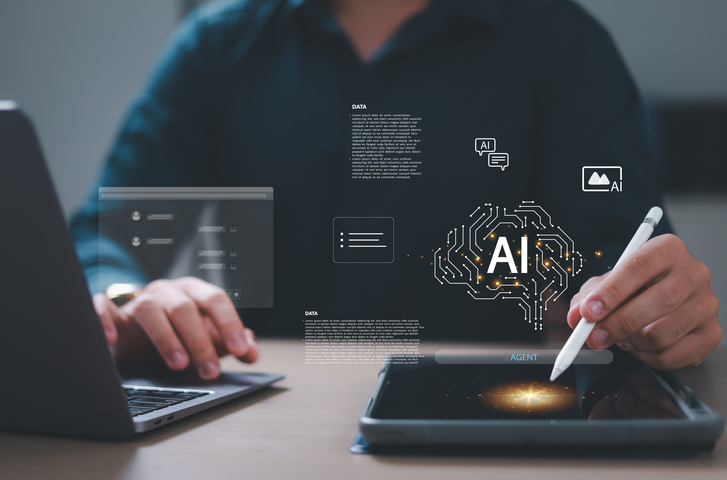DAILY INSIGHT: The past, the present, and the future (part 1 of 4)
By Gary Shattuck, CIO Advisor
In 1944, John Dewey wrote: “If we teach today like we taught yesterday, we will rob our children of their tomorrow.” What a profound statement. Even though Dewey lived in our past, his ideas are as important today as they were 70 years ago. Alvin Toffler, likewise, lived in our past but he prophesized our present and our future. He predicted that the most important characteristic of the 21st century would be accelerating change. He was correct in ways we can only now understand. Change is endemic in our post-modern era and it is accelerating at dizzying speeds. One recent example illustrates this point: Staples announced recently that it would be closing 200 stores because one-half of its business is now online sales. How do we prepare our students for this kind of world in which nothing is certain and nothing will remain the same? Two characteristics our students will need are the ability to adapt and the ability to innovate.
In order to prepare our students for their tomorrow, we need to first understand our present but, according to Toffler, we cannot really understand our present until we first discover our past. Toffler viewed history through a macro-economics lens. As a result, he determined that there are only three inflection points in human history. The first inflection point is when hunting-and-gathering humans settled down and became farmers. This first inflection point is called the Agriculture Revolution. Obviously, this inflection point changed humans’ economic activities dramatically and changed how humans organized their lives.
The second inflection point is when humans moved from the farm into the cities and began working in factories. This inflection point is called the Industrial Revolution. Again, this inflection point dramatically changed the way humans conducted their economic activities and it changed the way humans organized their lives.
The third inflection point began in 1969; that was the year when the US Census Bureau determined that more people were working in white-collar jobs than blue-collar jobs. In other words, humans’ economic activities changed from manual labor to information-basis labor. What we call this transformation is still open for debate, but without a doubt this new Revolution is changing the way humans conduct their economic activities and it is changing the way humans organize their lives.
If you believe in Toffler’s theory, as I do, you cannot escape the conclusion that this Digital Age in which we currently live is so dramatically different from what came before that it can rightly be called a Revolution as the two previous inflection points were called. Our differences are as transformational as the other two Revolutions. To keep the current changes that are occurring in perspective, the kind of disruptive changes we are experiencing now have only occurred twice before in the last 10,000 years of human history. What this portends for our future, or more importantly for our children’s tomorrow, will be discussed in some detail in my subsequent three blogs.
Gary Shattuck is the director of technology and media services at Newton County Schools in Covington, Georgia. Follow him on Twitter as @EdTechLeader
Tools and ideas to transform education. Sign up below.
